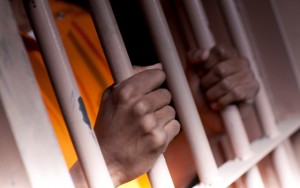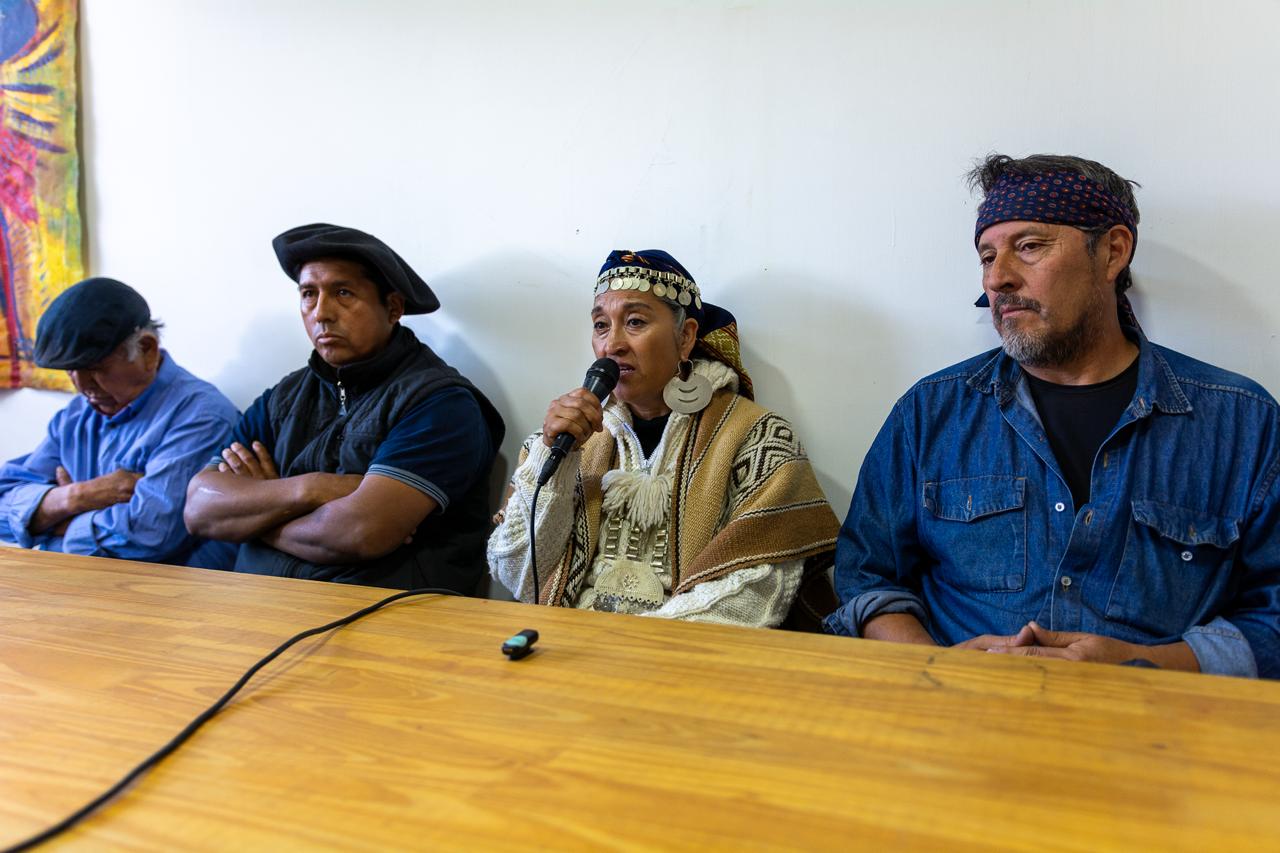 It potentially affects half the U.S. population, men and women whose lives could be disrupted forever from one day to the next. It costs billions of dollars, at a time when schools are closing down and essential public services disappearing. It deepens the nation’s racial divide and tears families apart. It kills tens of thousands of people, in the U.S. and abroad.
It potentially affects half the U.S. population, men and women whose lives could be disrupted forever from one day to the next. It costs billions of dollars, at a time when schools are closing down and essential public services disappearing. It deepens the nation’s racial divide and tears families apart. It kills tens of thousands of people, in the U.S. and abroad.
But as both major political parties lurch toward their national conventions, no one’s talking about the drug war. Not even now, when policy issues that are usually ignored surface in efforts to promote or malign presidential candidates. Neither leading candidate has a coherent critique. Neither has proposals. Neither even publicly recognizes a need to stop the waste and bloodshed.
The drug war seems to have been written into the stone of U.S. politics and practice. Given its abysmal results, how did that happen?
There’s nothing in the origins of the drug war model that would justify its status as immutable. Richard Nixon invented the war on drugs forty-one years ago, in 1971. His main concern was to shore up a weak presidency by making the war on drugs a diversionary tactic from the disastrous war in Vietnam. Nixon created agencies under his direct command to attack the new enemy and took the problem of drug abuse out of the hands of communities and into the federal government’s.
The model focuses on enforcement of prohibition laws at home and interdiction of supply abroad. In both places it relies on soldiers and police, instead of healthcare or social workers. It defines youth as a criminal class, especially if they are poor or black or both. Health programs that used to treat addiction with compassion withered as battles between cops, who used to fight real crime, and inner-city kids became everyday events.
To the great misfortune of humanity, Nixon’s ploy to make a public health issue into a “war” turned out to be starkly prophetic. The drug war in the U.S. and beyond its borders claims more lives every day on an ill-defined battleground, where who’s fighting who and why is never entirely clear.
Nixon’s drug war model not only bolstered his presidency, it had a number of hidden functions that served the interests of those in power. These interests lie at the heart of why the drug war grinds on, despite its obvious failure as a public policy. They also go a long way in defining the current silence on the issue.
From the outset, the drug war cast a wide net to capture youth — a sector that scared those in government during the Vietnam war with its newfound tendency to rebel.
Prisons were expanded to house millions of mostly African American and Latino youth on simple possession charges. Off the streets and behind bars, their legitimate protests were silenced.
Today, the spread of private prisons encourages stricter anti-drug laws to build clientele. Political motivations for incarcerating young people of color have been joined by strong economic incentives. The result is the highest incarceration rate in the world, and a 550 percent increase in the number of people in states prisons for drug offenses over the past twenty years. The FBI reports that 83 percent of drug arrests are for possession alone. The cost to society — and the profits to prisons — is tremendous.
Abroad, militarization under the guise of counter-narcotics efforts also serves to quell protest while extending Pentagon presence. The international drug wars provide millions of dollars in contracts to what political analyst Tom Barry calls the “national security complex.”
In this hemisphere, the $7 billion-dollar Plan Colombia began as a counter-narcotics program and was later formally extended into a counter-insurgency program, adding U.S. firepower to the nation’s internal conflict. The results are still-thriving drug production and trade, now run by smaller paramilitary and guerrilla organizations; five million people displaced and one of the worst human rights records in the world.
Mexico became the next drug war battleground. Since President Felipe Calderon launched the drug war with U.S. backing, Mexican has seen an explosion in violence, with an estimated 60,000 dead, thousands disappeared, hundreds of thousands displaced and a rise in lawlessness in areas where drug cartels battle for control.
Academics like Eduardo Guerrero mark the direct relationship between a militarized strategy of taking out cartel kingpins and spikes in violence. The Movement for Peace with Justice and Dignity, led by poet Javier Sicilia, whose son was killed by drug cartels, also connects the drug war model and the brutal violence. That movement, now crossing the United States in a caravan of drug war victims and their supporters, accuses the U.S. government of contributing to the violence.
With reason. Like Plan Colombia, Mexico’s colossal catastrophe has been actively supported by the U.S. government through the Merida Initiative, along with appropriations through the Department of Defense. The Initiative has poured some $1.6 billion taxpayer dollars into the Mexican quagmire, expanding U.S. presence in Mexico and security operations through the Mexico City embassy. U.S. support for highly corrupted armed forces and police has fueled violence and encouraged Mexican politicians to beef up the drug war alliance despite the domestic political cost.
The Obama administration has been an enthusiastic supporter of the drug war. In 2010, it announced support for the indefinite extension of Bush’s three-year Merida Initiative and it has launched a similar program in Central America. This has soured relations with Latin America, where a growing number of leaders have called for an end to the drug war and a debate on alternatives, including legalization to regulate drugs and take the lucrative business out of the hands of organized crime. Obama remained obviously isolated in his insistence on maintaining the drug war at the recent Summit of the Americas in Cartagena.
If ever there was a time to reevaluate the drug war, the 2012 presidential elections are it. Marijuana legalization consistently tops the list of public requests for topics in Obama’s twitter town halls, and the president consistently skirts the issue. Scan the platforms of the major parties and drug policy is conspicuous for its absence.
Republicans, when they mention drug policy at all, uphold the pseudo-moral arguments that consumption of illegal drugs is an individual, moral failing that should be punished by God and Society. At the same time, legal and illegal drug abuse among their staunchest supporters is rampant, with Rush Limbaugh’s drug use being only the tip of the iceberg. Soon-to-be candidate Mitt Romney has claimed that the drug war “has been disappointing“, but favors staying the course.
The Obama administration rode in on the “Change” banner with promises to modify the drug war model. In office, nothing effectively changed except for a decision to stop calling it a drug war — a veneer that fooled nobody, given the lack of real change in policy and enforcement. The Democrats now have a chance to define a real change in direction that is in line with the beliefs of the majority that the drug war has failed.
The human and financial costs of the drug war are way too high to go on ignoring them. America’s behind-the-scenes war kills as many if not more people than conventional wars and destroys many more lives through senseless prison terms, corruption and discriminatory enforcement. It takes courage to confront controversial issues. But a refusal to address the disastrous war on drugs and propose alternatives ignores public demands for change and places cowardice before the fundamental responsibility of creating viable and fair public policies.
Laura Carlsen is Director of the CIP Americas Program in Mexico City www.americas.org.
This article first appeared in The Huffington Post on September 4, 2012.
For more information:
Laura Carlsen, Heart to Heart on the Drug War, October 12, 2012, CIP Americas.
https://www.americas.org/archives/8109



